When I meander through the gardens of Zuisen-ji Temple, I'm always reminded of a particular haiku by the 17th-century poet Matsuo Basho, which goes: Fading temple bell / The fragrance of flowers strikes / At evening.
I'm not sure if its bell actually strikes during the evenings at Zuisen-ji, and in fact this temple tucked into the densely forested hills and bluffs of Kamakura's secluded and rather exclusive Momijigayatsu (Maple Leaf Valley) residential district is best visited on a weekday early morning, so allowing you to avoid the weekends' invariable throngs of sightseers.
This Rinzai sect place of worship, whose name translates as "The Temple of the Abundant Flowing Spring," was founded during the early years of the Muromachi Period (1338-1573), when it was the family temple of the warrior Ashikaga rulers of Kamakura. However, it is more commonly linked with the name of the Buddhist prelate and Zen master Muso Soseki (1275-1351), who was also an accomplished garden designer.
Once past the ticket booth and a clump of plum trees, two stone paths come into view. The older one on the left is known as otoko-zaka, or the "male slope"; the gentler incline on the right, onna-zaka, is the "female slope."
The ascent, passing beneath towering cryptomerias and tall stands of bamboo, is even surprisingly cool in summer, since the tree overhang creates a dense shade. Along the path, too, in common with these water-retaining northeastern Kamakura hills, the earth is always moist.
Both paths end at a thatched gate marking the enclosure to the temple, where, in her 1918 book "Kamakura: Fact and Legend," Iso Mutsu (nee Gertrude Ethel Passingham), an Englishwoman married to a Japanese diplomat, wrote about the "fragrant foliage of an exceptionally large eucalyptus" tree that towered in front of the temple. This would have been the first point of interest for visitors on entering the gardens, but though little else appears to have changed, the tree seems long since gone.
The grounds are sited at the top of a bluff overlooking a wooded valley and, though a work of artifice, the temple's intensely planted front garden — a formal grid of stone paths carefully aligned with the temple buildings — strikes the visitor as completely naturalistic.
This garden of 165,000 sq. meters is divided into front and rear forms, one a flowering Japanese Elysium, the other a dry landscape. Garden savants maintain that the two zones represent complementary aspects of reality — opposed but poised in harmony.
Zuisen-ji is an all-seasons garden. Narcissus flower in late January and plum trees bloom soon after: Crimson and red azaleas follow in late spring; a wisteria trellis in May; then hydrangeas and Chinese bellflowers during the summer.
Each blooming supports the site's popular epithet, the "flowering garden of Kamakura." The temple's alternative name, Kinpeizan, comes from the rich autumn colors of its surroundings, which resemble brocade.
Not all dry-landscape gardens are bereft of water, as the name would suggest. The garden at Zuisen-ji has a small spring-fed pond, crossed by a miniature bridge leading to a cave. The pond used to be ringed by plants, but these were removed when the current garden was restored to its original form.
Stripped of embellishment, the garden is a model of Zen sparcity — but reactions are mixed. While I stood waiting for the light to change, I was privy to reactions among the Japanese visitors. These were diverse, ranging from awe to exclamations equivalent to "What on Earth is that?" and "This is seriously weird."
It's certainly not a stone garden in the usual sense of the word. Instead of arranging rocks into calculated patterns, an order aspiring to the cosmic, the contours here are Nature's own.
They remind me a little of the early Chinese practice of creating dry gardens at the edges of deserts from locally sourced stones, or the gardens of old rural villas in South Korea, where the natural landscape at the rear of the building is co-opted as the garden itself.
The quarried alcove and inner shelving of the cavern here suggest the former presence of Buddhist statuary and offertory spaces. Once known as the Angel's Cave, it contained a sublimely crafted image of Benten, goddess of the arts, but in the long history of the temple this has been spirited away or perished.
Soseki was known to sit for long hours in the cave, practicing zazen meditation. Soseki's rock garden and heart-shaped pond were excavated and restored to the original in 1970.
The main altar of the Founder's Hall is home to an effigy of Soseki. As with the temple interior's 1,000-armed Kannon and antique statue of Shaka (the Japanese name for Prince Siddhartha, the historical Buddha), the public rarely gets to see these art works.
Nonetheless, these artifacts' power and antiquity, in the setting of ancient hillside tombs — many being those of Ashikaga family members — burial chambers and sepulchers, radiate an aura of divinity over Zuisen-ji.
Indeed, the tranquility of the garden marvelously inspires the Zen notion of "thought without utterance."
Kamakura is well serviced by train from Tokyo and Yokohama. On foot, it takes 45 minutes to reach Zuisen-ji from Kamakura Station (which has a bicycle-rental shop beside it). The closest bus stop is at Kamakura-gu Shrine. The temple opens daily, 9 a.m. to 4:30 p.m.; admission is ¥200. Stephen Mansfield's new book, "Japan's Master Gardens: Lessons in Space and Environment," was published this spring.



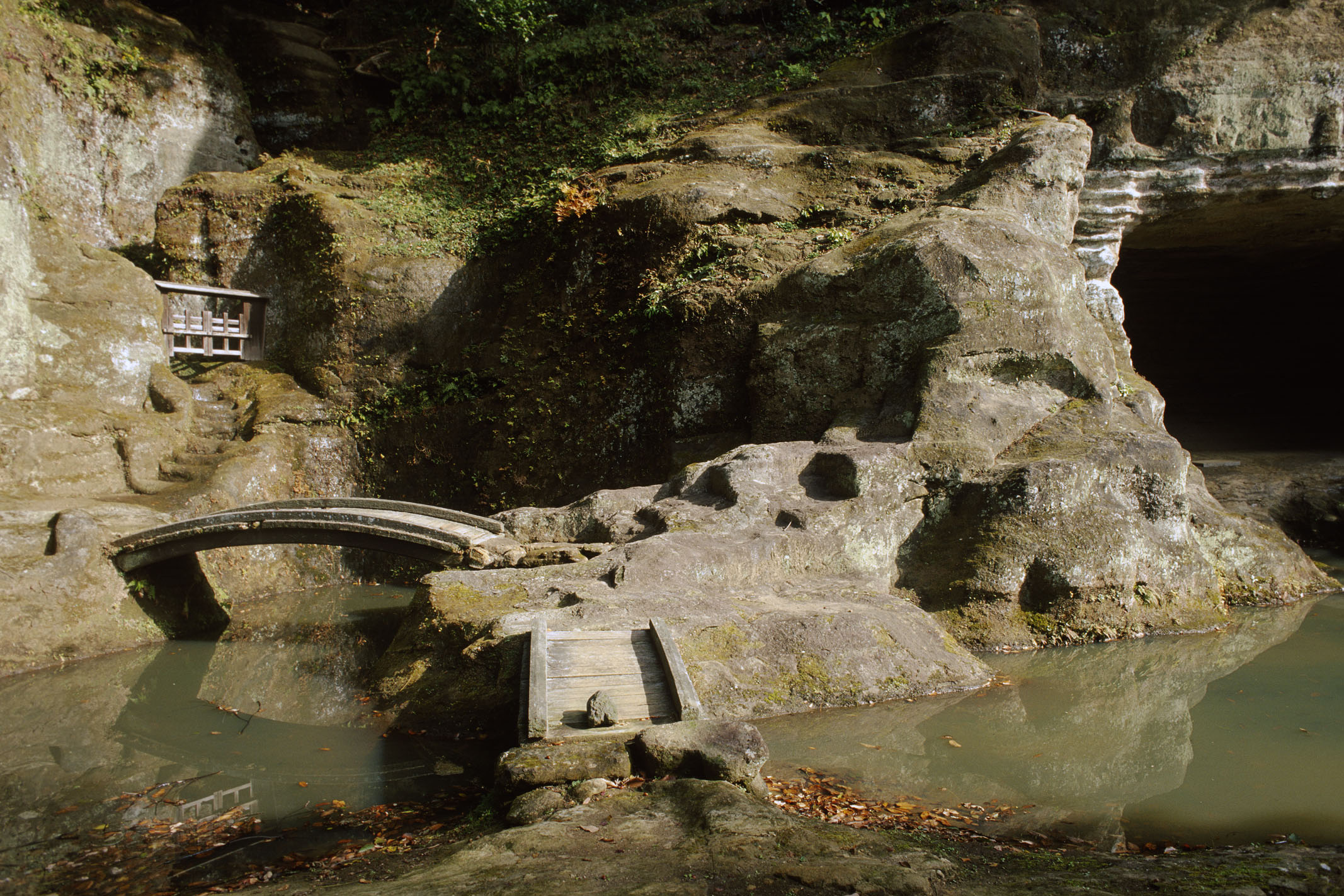
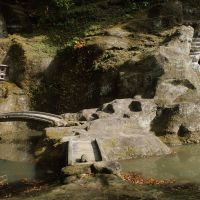
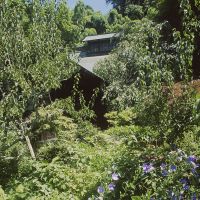
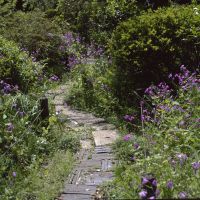
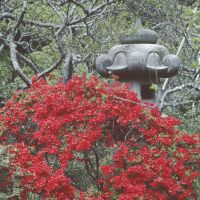
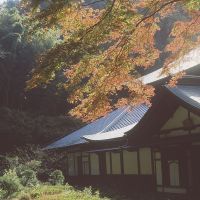















With your current subscription plan you can comment on stories. However, before writing your first comment, please create a display name in the Profile section of your subscriber account page.